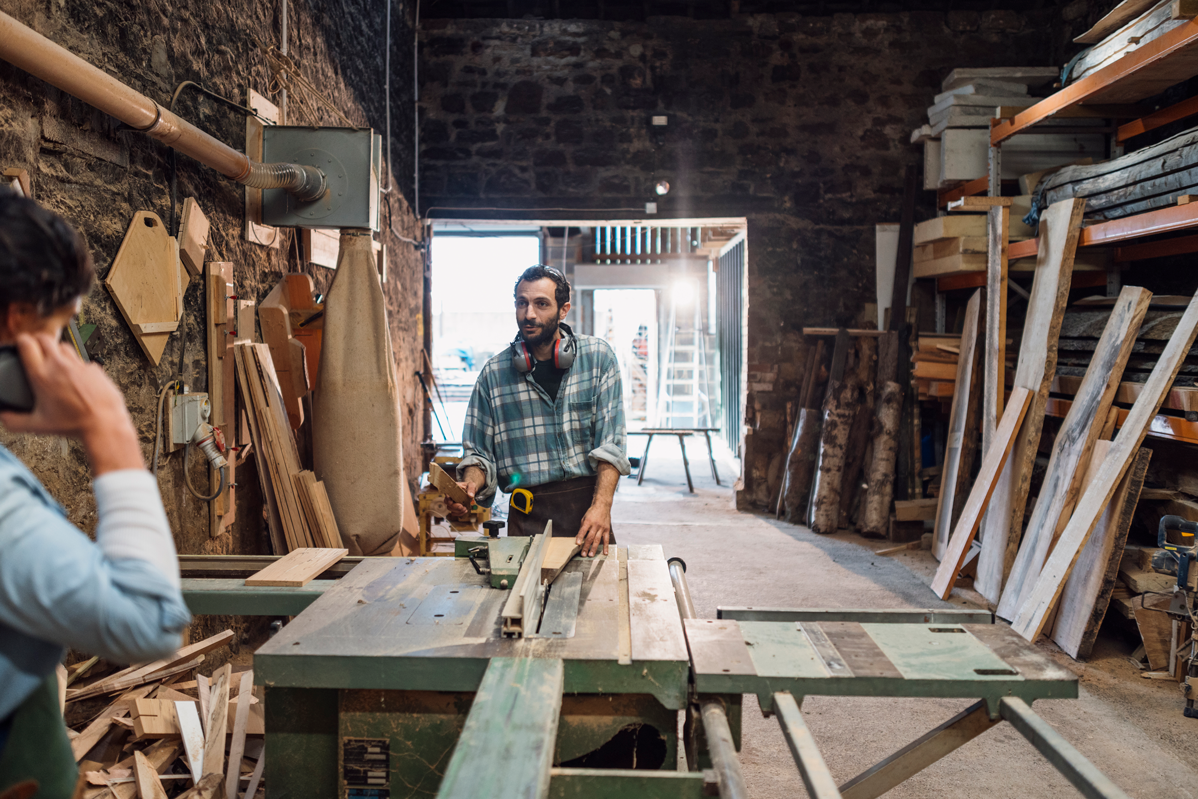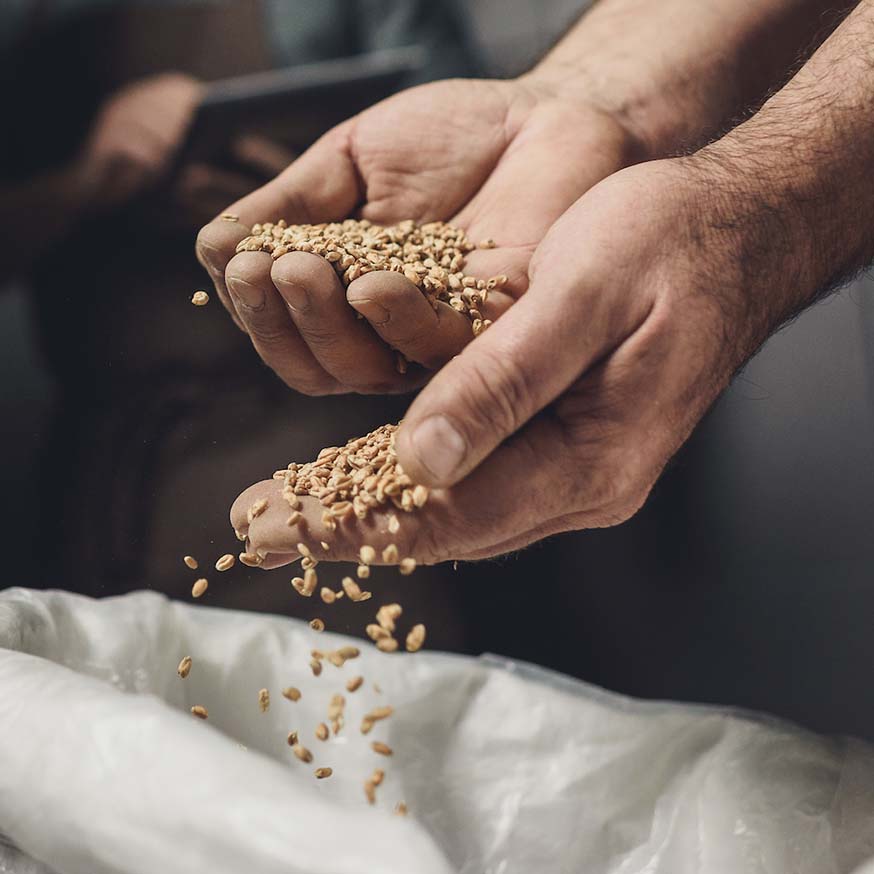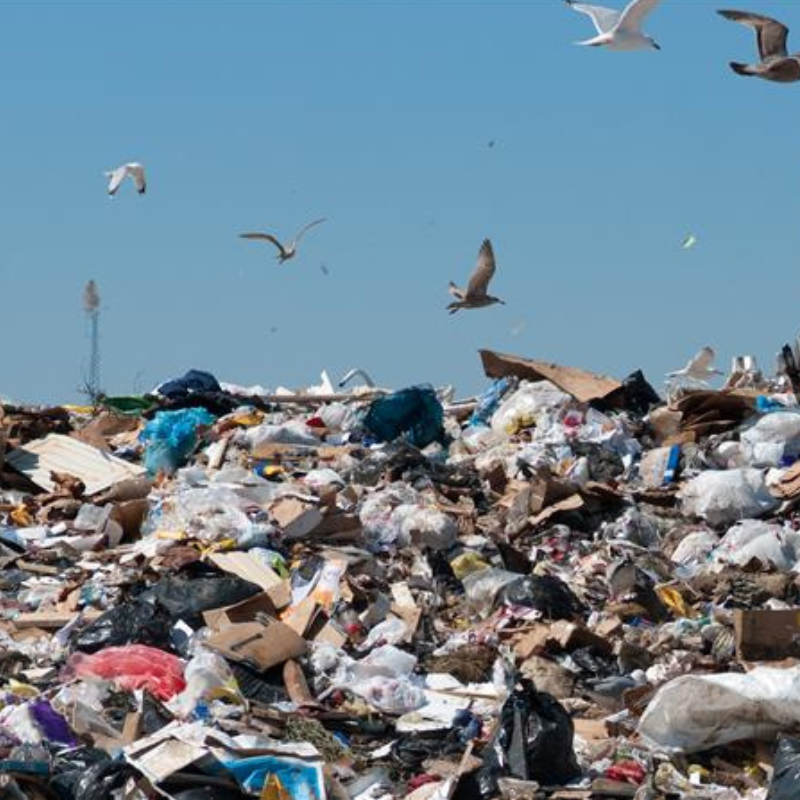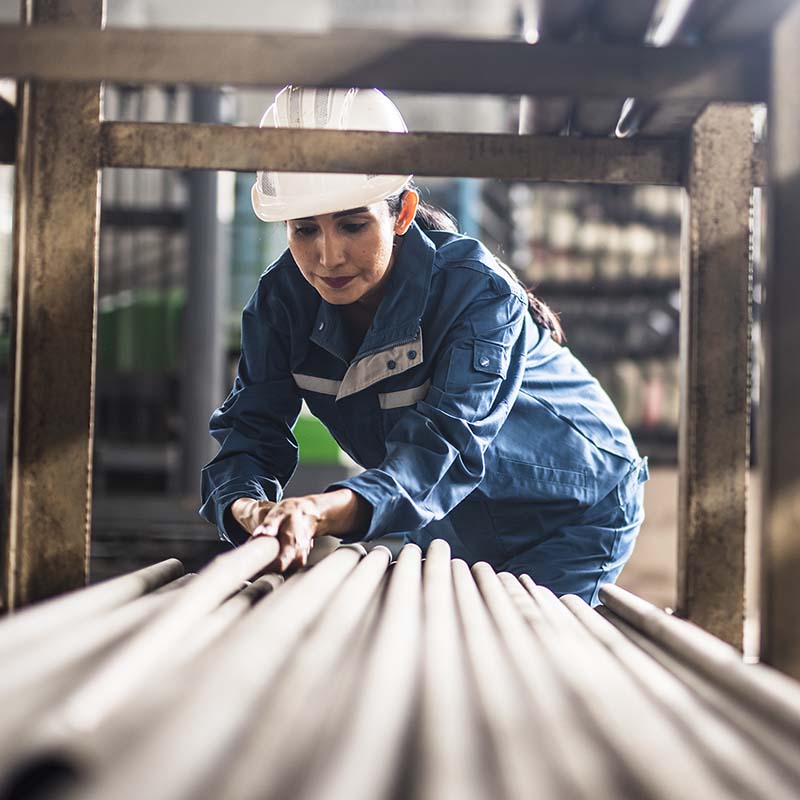
Circular Economy
Imagine a world where we design and manufacture products so that they can be used and re-used for as long as possible, maximising their value. Where by-products are captured and used to create additional valuable commodities. And then, at the end of their life, products are refurbished or remanufactured into other high-value, high-quality products.
What is the circular economy?
The circular economy is a sustainable system designed to eliminate waste and keep resources in use, creating economic, environmental, and social benefits.
Sustainable
Efficient
Regenerative
Innovative
A study by the European Environmental Agency found that by transitioning to a circular economy, Europe could reduce its greenhouse gas emissions by 48% by 2030, contributing significantly to meeting its climate targets.
Share on
Positive impacts of a circular economy
Reducing waste and pollution: The circular economy aims to minimize waste and pollution by promoting the reuse, repair, and recycling of products and materials, which can significantly reduce environmental impacts.
Conserving resources: By keeping resources in use for as long as possible, the circular economy helps to preserve natural resources and reduce the need for extracting new raw materials, thereby conserving valuable resources.
Creating jobs and economic growth: The circular economy can create new business opportunities and jobs, particularly in areas such as resource management, waste reduction, and sustainable production, contributing to economic growth and development.
Lowering greenhouse gas emissions: The circular economy can help reduce greenhouse gas emissions by promoting more efficient and sustainable production and consumption patterns, leading to a lower carbon footprint
Improving social outcomes: The circular economy can contribute to social outcomes such as reducing poverty and promoting social inclusion by creating job opportunities, fostering innovation, and promoting sustainable consumption patterns.
Fostering innovation: The circular economy requires new ways of thinking and innovative approaches to design, production, and consumption, leading to new business models, products, and services that can drive economic growth and social progress.











